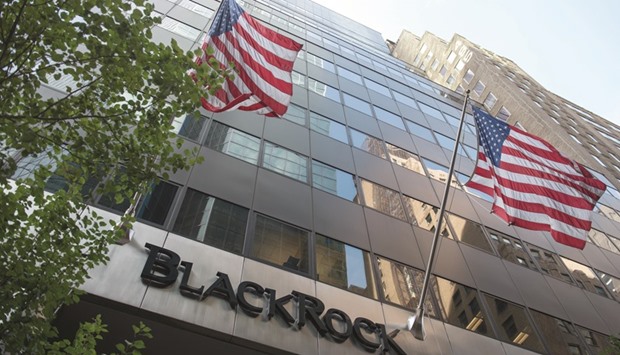BlackRock joined Pacific Investment Management Co (Pimco) in recommending inflation-linked bonds and warning costs are poised to pick up.
“Stabilising oil prices and a tighter labour market could contribute to rising actual, and expected, US inflation,” Richard Turnill, BlackRock’s global chief investment strategist, wrote Monday on the company’s website. “We like inflation-linked bonds and gold as diversifiers.” New York-based BlackRock manages $4.6tn.
Pimco, which manages the $87.8bn Total Return Fund, and BlackRock have both told investors this year that inflation is picking up. Fed officials Stanley Fischer and James Bullard chimed in this month to say costs are increasing, driving speculation the central bank is moving closer to raising interest rates.
The US 10-year note yield fell two basis points, or 0.02 percentage point, to 1.87% in New York, according to Bloomberg Bond Trader data. The 1.625% security due in February 2026 rose 7/32, or $2.19 per $1,000 face amount, to 97 27/32.
The Treasury Department is scheduled to sell $34bn of five-year notes, which yielded 1.36% in pre- auction trading.
The BlackRock Inflation Protected Bond Portfolio has lost 1.5% during the past 12 months, while the Pimco Real Return Fund has lost 1.8%, based on data compiled by Bloomberg. Both funds were beaten by more than 60% of their peers.
“If you look at inflation expectations as they are reflected in the bond market we think they are too low,” Joachim Fels, global economic adviser for Pimco said in an interview with Francine Lacqua on Bloomberg Television’s “Surveillance.” “We still think markets are pricing in too low a profile for inflation. We don’t think inflation will move significantly above central bank’s targets but we think that there’s a good chance that over the next 12 months or so, particularly in the US, that we will get back to 2%.”
The Treasury market inflation outlook and oil prices have both risen from lows for the year set in February. A government report April 1 will show US employers added 210,000 workers in March, after hiring 242,000 in February, according to a Bloomberg survey of economists.
The difference between yields on 10-year notes and similar- maturity Treasury Inflation Protected Securities, a gauge of trader expectations for consumer prices, has increased to 1.56 percentage points from as low as 1.12 on February 11. It’s still below its average of 2.08 for the past decade.
The Fed’s preferred inflation gauge rose 1% in February, a report showed Monday, half of the central bank’s target of 2%.
“We may well at present be seeing the first stirrings of an increase in the inflation rate - something that we would like to happen,” Fischer, vice chairman of the Fed Board of Governors, said this month.
Policy makers should consider increasing interest rates in April in reaction to a tightening labour market and the prospect of inflation overshooting the 2% target, Fed Bank of St Louis President Bullard said on March 23. He said in separate comments inflation hasn’t materialised as he expected. Fischer and Bullard both vote on monetary policy this year.
The central bank’s next meeting is April 26-27. It probably won’t raise rates until September, futures contracts indicate.
“We like Treasury Inflation Protected Securities,” Pimco’s Worah said in a video on the company’s website this month. “The market is pricing 1% inflation in the US for next year. We think it’s likely to be closer to 2%.”

The logo of BlackRock is displayed at its offices in New York. The BlackRock Inflation Protected Bond Portfolio has lost 1.5% during the past 12 months, while the Pimco Real Return Fund has lost 1.8%, based on data compiled by Bloomberg.
